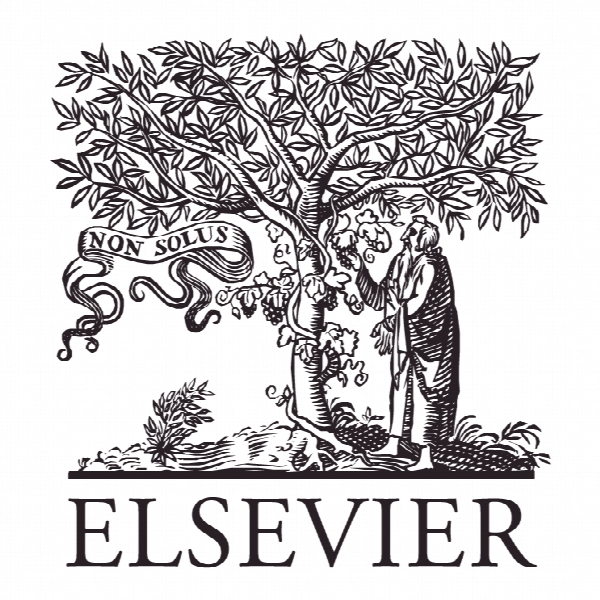یک مدل سه بعدی برای رهاسازی روانگرایی ناشی از زلزله و پاسخ پس از روانگرایی A 3D model for earthquake-induced liquefaction triggering and post-liquefaction response
- نوع فایل : کتاب
- زبان : انگلیسی
- ناشر : Elsevier
- چاپ و سال / کشور: 2018
توضیحات
رشته های مرتبط مهندسی عمران
گرایش های مرتبط زلزله، مدیریت ساخت
مجله دینامیک خاک و مهندسی زلزله – Soil Dynamics and Earthquake Engineering
دانشگاه Department of Civil and Environmental Engineering – Portland State University – USA
شناسه دیجیتال – doi https://doi.org/10.1016/j.soildyn.2018.04.008
منتشر شده در نشریه الزویر
کلمات کلیدی انگلیسی Liquefaction, Constitutive modeling, Plasticity, Triggering, Cyclic mobility
گرایش های مرتبط زلزله، مدیریت ساخت
مجله دینامیک خاک و مهندسی زلزله – Soil Dynamics and Earthquake Engineering
دانشگاه Department of Civil and Environmental Engineering – Portland State University – USA
شناسه دیجیتال – doi https://doi.org/10.1016/j.soildyn.2018.04.008
منتشر شده در نشریه الزویر
کلمات کلیدی انگلیسی Liquefaction, Constitutive modeling, Plasticity, Triggering, Cyclic mobility
Description
1. Introduction Soil liquefaction has been shown to be a major cause of damage to structures in past earthquakes. Several constitutive models have been developed to capture various aspects of flow liquefaction and cyclic mobility such as Manzari and Dafalias [21], Cubrinovski and Ishihara [8], Li and Dafalias [20], Byrne and McIntyre [6], and Papadimitriou et al. [25] to name a few. Simulating soil liquefaction using numerical models offers several challenges including: (a) reasonably capturing triggering of liquefaction or the rate of pore-water-pressure (PWP) generation for sands with different relative densities under various levels of shear stress, effective overburden stress and static shear stress, and (b) post-liquefaction cycle-by-cycle accumulation of shear and volumetric strains. A constitutive model was developed within classical multi-surface plasticity formulation by using a mixed stress- and strain- space yield domain to reasonably capture soil liquefaction and specifically replicate the large shear strains that occur at minimal change in stress state in laboratory results [26,33]. This model was implemented into a solidfluid fully-coupled OpenSees finite element (FE) framework ([26,7] and [23]). The first version of the multi-yield surface pressure dependent model (PDMY) was developed primarily to capture post-liquefaction cyclic softening mechanism and the accumulation of plastic shear deformations. The previous calibration was performed against a dataset of laboratory and centrifuge tests and the model parameters were provided for sands with different relative densities in Yang et al. [32] and Elgamal et al. [10]. The original experimental dataset was rather limited in terms of pore-water-pressure build up; therefore, liquefaction triggering was not the primary focus in the development of the original constitutive model and the calibration was performed including engineering judgment. Since new data and established procedures that have been under development in the past 30–40 years have become available, it became possible to make updates to the constitutive model to capture factors that affect triggering of liquefaction, as will be explained in the following paragraphs. Various studies employing different analytical or experimental methods have been performed in recent years that provide insights on factors that affect triggering of liquefaction. Laboratory tests have shown the effect of number of loading cycles on the cyclic shear strength of sands (e.g. [34]). Laboratory tests, case histories and theoretical studies using critical-state soil mechanics suggest that the cyclic shear strength of sands against the triggering of liquefaction is affected by the effective overburden stress characterized by the Kσ factor (e.g. [4]). Furthermore, laboratory tests have shown that the cyclic resistance of sands against the triggering of liquefaction is affected by initial static shear stress which is often characterized by the Kα factor [12,5]. To be able to capture these effects in the model response, the contraction and dilation equations in the constitutive model were updated with a new set of equations. Specific attention was given to capture the dependency of liquefaction triggering on the number of loading cycles, effective overburden stress, and initial static shear stress. We took a model that had certain strengths in capturing postliquefaction cyclic softening and strain accumulation, and updated it into a practical tool that can reliably capture the rate of pore-waterpressure generation, triggering of liquefaction at different number of loading cycles, overburden stress (Kσ) and static shear stress (Kα) in both 2D and 3D applications.


